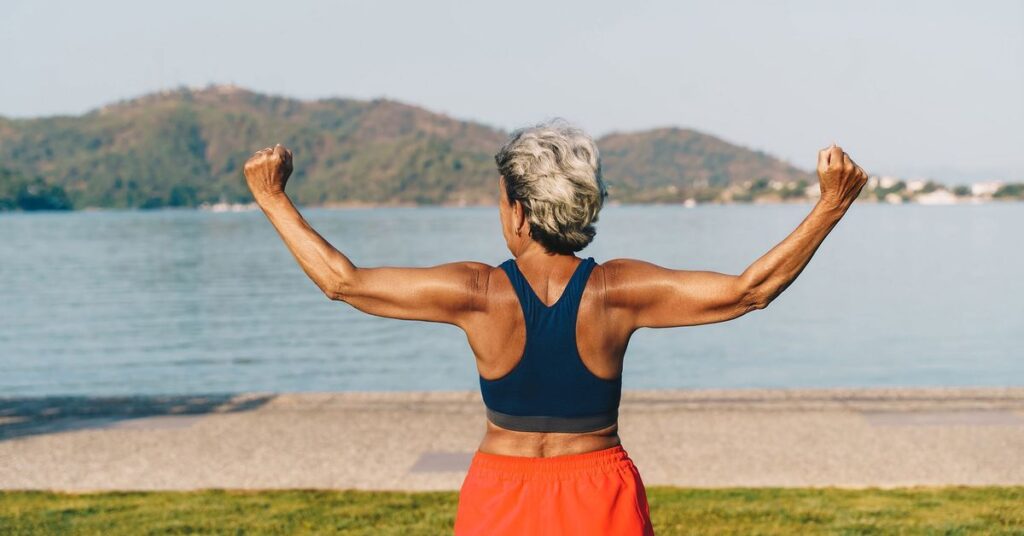
Throughout history, women have consistently outlived men, even under the harshest conditions such as the Irish Potato Famine, enslavement in Trinidad, and measles epidemics in Iceland. This phenomenon, highlighted in a study published in the journal PNAS, underscores the resilience and longevity built into the female body. Despite facing complex reproductive challenges, women have demonstrated a remarkable ability to survive and thrive where men often falter.
Virginia Zarulli, an associate professor of demography at Italy’s University of Padua, analyzed survival data from seven historical populations. Her findings revealed that women outlived men across all ages and locations, even in “high-mortality” settings. This survival advantage appears to be rooted in biological factors, as evidenced by higher survival rates among newborn girls compared to boys.
Biological Foundations of Female Resilience
The female body’s resilience is partly attributed to its genetic makeup. Women possess two X chromosomes, which carry significantly more genes than the XY chromosomes found in males. This genetic advantage translates into a more robust and diverse immune system. Dr. Sharon Moalem, in his book “The Better Half: On the Genetic Superiority of Women,” explains that women have evolved to develop stronger immune responses due to this chromosomal configuration.
Estrogen, a hormone prevalent in female bodies, further enhances immune function. It contributes to higher counts of active neutrophils and more robust B cell activity, both crucial for fighting infections. Women also produce more targeted antibodies and retain immunological memory longer, making them better equipped to handle future infections.
The Role of Hormones and Lifestyle
While the female immune advantage is significant, it is not without its drawbacks. Women are more prone to autoimmune diseases, a trade-off for their heightened immune defenses. Testosterone, more abundant in males, appears to be an immune disadvantage. Early experiments showed that reducing testosterone in male animals improved their immunity, suggesting that this hormone may contribute to the male longevity gap.
Beyond biology, lifestyle and cultural factors also play a role. Men generally engage in riskier behaviors, such as smoking and excessive alcohol consumption, which contribute to their shorter lifespans. However, studies indicate that even when women adopt similar lifestyles, they still tend to outlive men, reinforcing the biological underpinnings of their longevity.
The Female Buffering Hypothesis
Recent research has uncovered additional physiological advantages in women. A study led by Erin McKenney and Amanda Hale at North Carolina State University found that women’s small intestines are significantly longer than men’s. This anatomical difference allows women to extract more nutrition from the same amount of food, a crucial advantage throughout human history, especially during reproduction and nursing.
This finding supports the “Female Buffering Hypothesis,” which suggests that female biology has evolved to better withstand environmental and physiological stress. As traditional medical research begins to explore these complexities, the drivers behind female resilience are becoming clearer.
Implications for Health and Medicine
Understanding the biological and physiological strengths of women can transform healthcare approaches. By recognizing sex-based differences, medical treatments, including cancer therapies and vaccine protocols, can become more precise and personalized. This shift could lead to more effective healthcare solutions tailored to women’s unique needs.
As research continues to uncover the intricacies of female biology, it is crucial to integrate these insights into medical practices. Doing so will not only improve health outcomes for women but also enhance our understanding of human resilience and longevity.
The exploration of female resilience offers a compelling narrative of strength and survival, challenging traditional notions of vulnerability and highlighting the profound capabilities inherent in women’s bodies.







